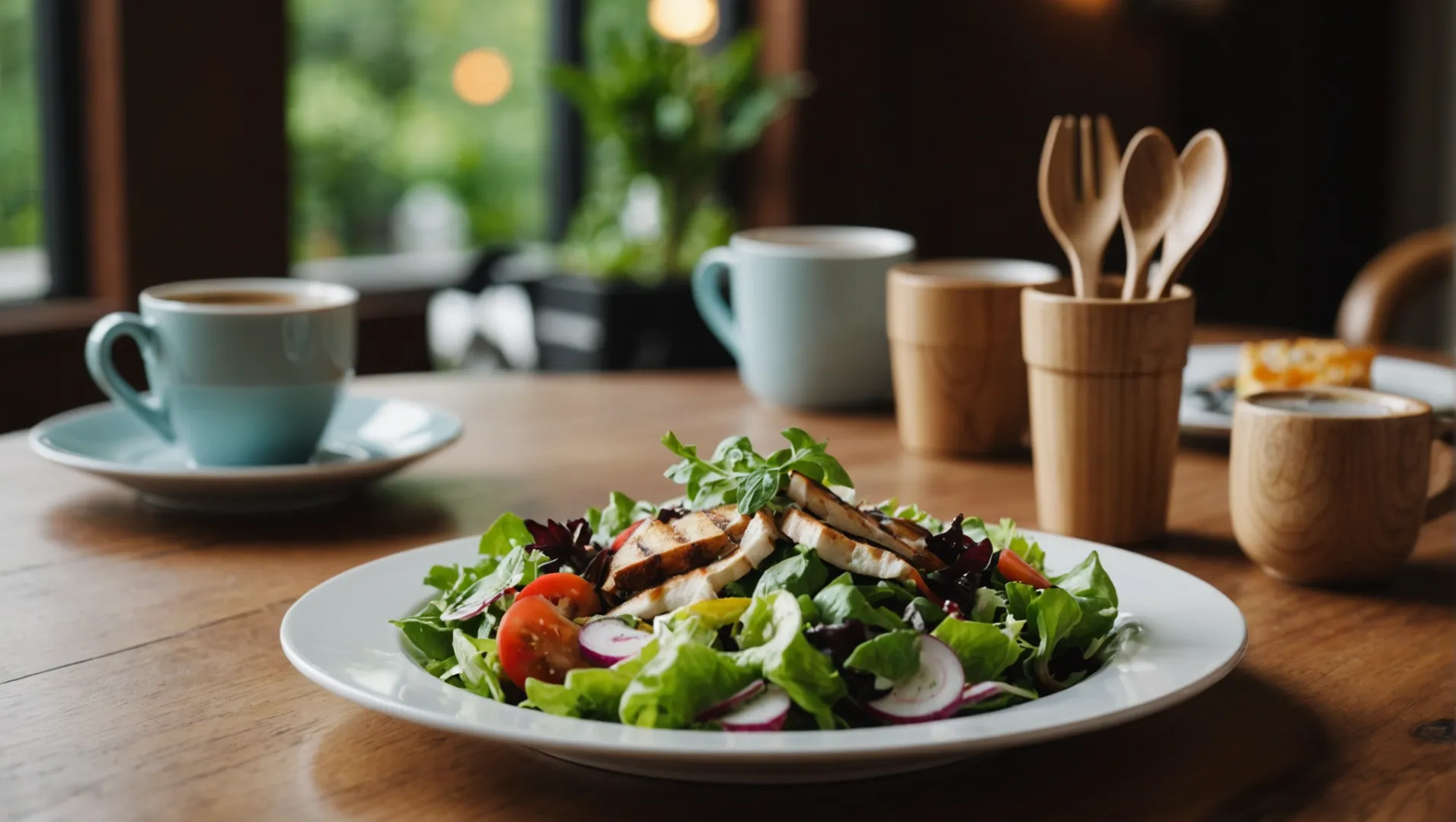
Are you looking for a sustainable alternative to plastic cutlery? You've come to the right place!
Disposable wooden cutlery is generally safe for use with acidic foods and hot beverages, provided it is well-maintained and coated with food-safe finishes. While naturally less toxic than plastic, care is required to avoid degradation or bacterial growth.
While this initial answer provides a quick overview, there's much more to uncover about the intricacies of using wooden cutlery. From understanding the role of coatings to comparing alternatives and exploring environmental benefits, our deep dive will provide all you need to make informed decisions.
Wooden cutlery is safe for acidic foods and hot beverages.True
Coated with food-safe finishes, wooden cutlery is non-toxic and durable.
How Does Wooden Cutlery Compare to Plastic and Metal Alternatives?
As we strive for more sustainable living, choosing the right cutlery—wooden, plastic, or metal—can significantly impact the environment and our health.
Wooden cutlery is eco-friendly and biodegradable, unlike plastic, which is durable but harmful. Metal offers longevity and reusability, making it a sustainable choice if properly maintained.
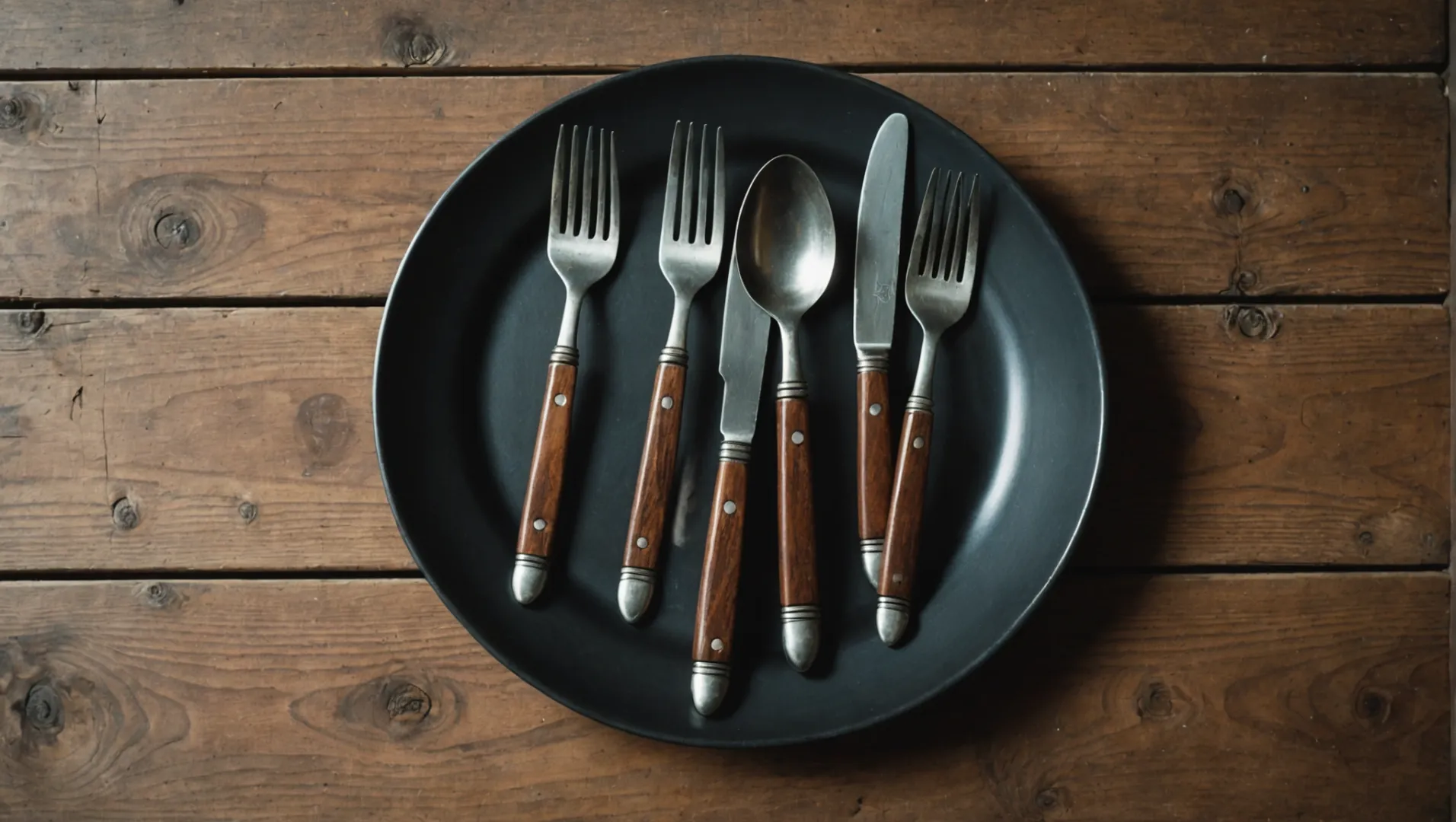
Environmental Impact of Wooden vs. Plastic Cutlery
Wooden cutlery stands out as an environmentally friendly option. Unlike plastic utensils, which can take centuries to decompose, wooden ones are biodegradable. They break down naturally, especially when sourced from responsibly managed forests. This makes them an excellent choice for those prioritizing sustainability.
In contrast, plastic cutlery contributes significantly to environmental pollution. The production process of plastic involves harmful chemicals and releases toxins into the environment. Despite being lightweight and cheap, plastic's long-term environmental cost is substantial.
| Aspect | Wooden Cutlery | Plastic Cutlery |
|---|---|---|
| Decomposition Time | Months (compostable) | Hundreds of years |
| Environmental Impact | Low (biodegradable, renewable) | High (pollution, non-renewable) |
| Production Process | Natural (sustainable harvesting) | Chemical-intensive (fossil fuels) |
Durability and Usage: Metal vs. Wooden Cutlery
Metal cutlery, often made from stainless steel, is renowned for its durability and reusability. While it involves a more energy-intensive production process than wood, its lifespan can offset this impact if maintained properly.
Wooden cutlery, while not as long-lasting as metal, offers a balance between eco-friendliness and functionality. With proper care—like oiling to prevent drying and cracking—it can be used multiple times before composting. This middle ground appeals to those seeking both sustainability and ease of disposal.
Hygienic Considerations
One concern with wooden cutlery is its porous nature, which can harbor bacteria if not properly cleaned and dried. Manufacturers often coat wooden utensils with food-safe oils to enhance their resistance to moisture and microbial growth. This makes them safer for use compared to untreated wood.
Plastic cutlery, while not porous, can pose health risks if it leaches chemicals into food or drink, especially under high heat. Metal utensils generally do not have these issues, provided they are rust-free and maintained well.
Cost Implications
Cost is another factor influencing cutlery choice. Wooden cutlery offers an affordable alternative to metal without the environmental cost of plastic. However, the initial investment in metal utensils can be justified by their long-term use and resilience.
In conclusion, choosing between wooden, plastic, or metal cutlery depends on balancing environmental impact, usability, durability, and cost. Understanding the benefits1 of each material can help consumers make informed decisions that align with their values.
Wooden cutlery is more eco-friendly than plastic cutlery.True
Wooden cutlery is biodegradable and sourced sustainably, unlike plastic.
Metal cutlery is less durable than wooden cutlery.False
Metal cutlery is known for its durability and reusability, outlasting wood.
What Are the Environmental Benefits of Using Wooden Utensils?
In the quest for sustainable living, wooden utensils emerge as an eco-friendly alternative to plastic and metal counterparts.
Wooden utensils offer significant environmental benefits. They are biodegradable, often sourced from sustainable forests, and typically manufactured without harmful chemicals, reducing pollution and waste. By opting for wooden utensils, consumers support a cycle that minimizes environmental impact and promotes renewable resource use.
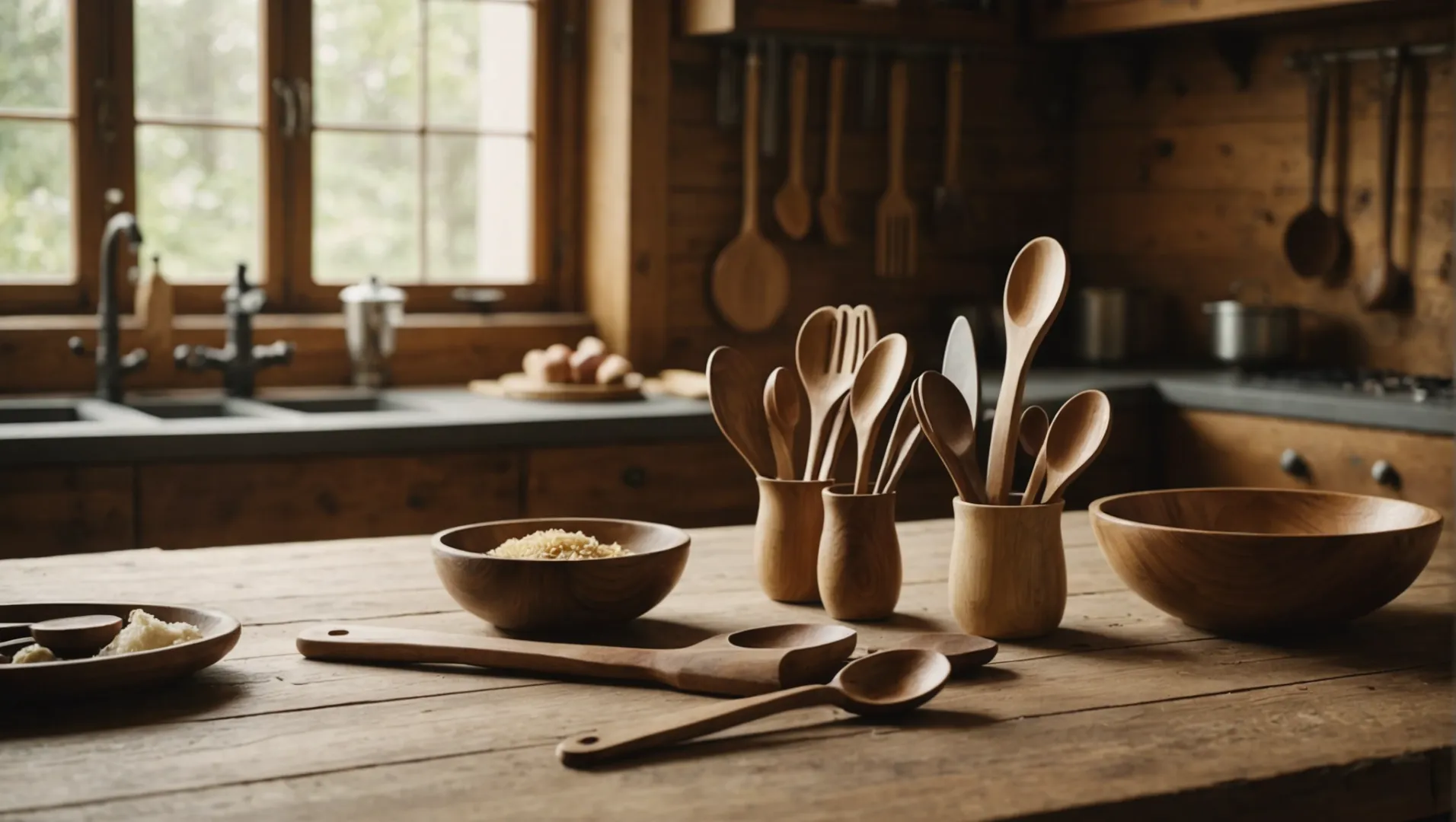
Sustainability and Biodegradability
One of the most compelling environmental benefits2 of wooden utensils is their biodegradability. Unlike plastic utensils that can take centuries to decompose, wooden utensils break down naturally in a matter of months or years, depending on the environmental conditions. This rapid decomposition reduces landfill mass and lowers the potential for soil and water pollution.
Wood is a renewable resource, particularly when sourced from sustainably managed forests. Certifications such as the Forest Stewardship Council (FSC) ensure that the wood used for utensils is harvested responsibly, protecting ecosystems and supporting biodiversity.
Reduced Carbon Footprint
The production process of wooden utensils generally requires less energy compared to metal or plastic utensils. This results in a lower carbon footprint, as fewer fossil fuels are burned during manufacturing. Moreover, trees absorb carbon dioxide as they grow, which helps offset emissions released during production.
Minimal Chemical Use
Wooden utensils are typically crafted without the use of harmful chemicals or plastics. This absence of toxins not only makes them safer for consumer use but also reduces chemical pollution during production and disposal phases.
Supporting Sustainable Practices
Choosing wooden utensils supports industries that prioritize environmental ethics and sustainability. Companies that produce wooden cutlery are often involved in reforestation initiatives and utilize eco-friendly processes throughout their operations.
By selecting wooden utensils, consumers can indirectly influence market trends, pushing for more companies to adopt sustainable practices. This positive feedback loop fosters innovation in eco-friendly products and encourages broader industry shifts towards sustainability.
Contribution to Circular Economy
Wooden utensils can often be composted at the end of their life cycle, contributing to a circular economy where waste is minimized, and resources are reused. Composting these utensils enriches soil quality, promoting healthier plant growth and further supporting environmental restoration efforts.
In conclusion, while wooden utensils require proper care to maximize their lifespan, their overall environmental benefits make them a superior choice for eco-conscious consumers seeking to reduce their ecological footprint.
Wooden utensils decompose faster than plastic ones.True
Wooden utensils biodegrade in months or years, unlike plastic.
Using wooden utensils increases landfill mass.False
Wooden utensils reduce landfill mass due to their biodegradability.
How to Properly Care for Your Wooden Cutlery?
Proper care ensures that your wooden cutlery remains hygienic and durable over time.
To maintain wooden cutlery, wash by hand with mild soap, dry immediately, and regularly reapply food-safe oil or wax. Avoid soaking and exposure to high heat to prevent damage.
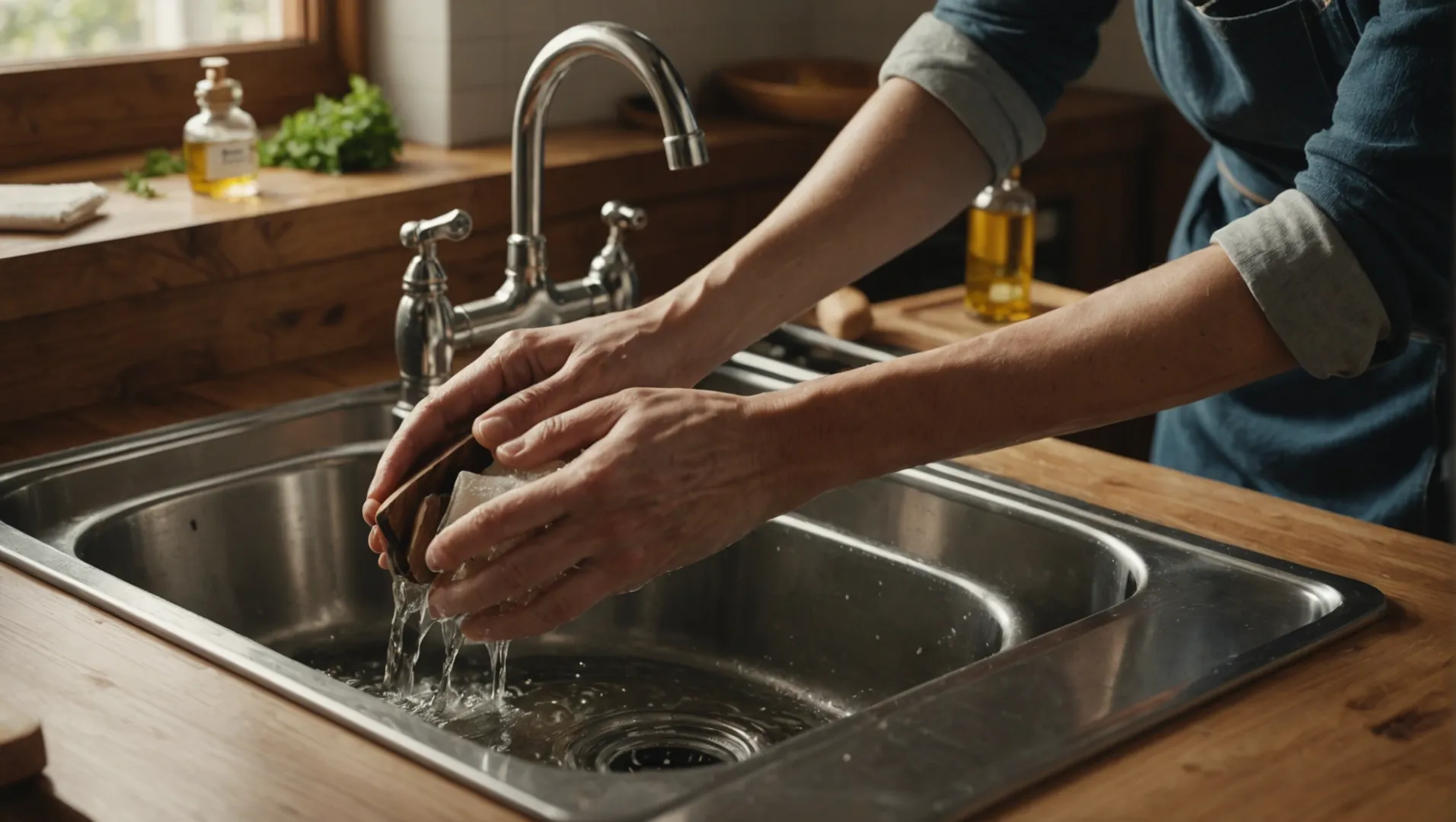
Understanding the Basics of Wooden Cutlery Care
Caring for wooden cutlery involves a few simple yet crucial steps to ensure longevity and hygiene. Unlike metal or plastic utensils, wood is porous, meaning it can absorb moisture and become a breeding ground for bacteria if not properly maintained. Therefore, the first step is to always wash your wooden cutlery by hand using mild soap and warm water. Avoid soaking them as prolonged water exposure can lead to swelling or cracking.
After washing, it's imperative to dry the utensils immediately. Leaving them wet can result in warping and weaken the structure of the wood. This is particularly important if the cutlery has a natural finish that could deteriorate with improper care.
Reconditioning with Oils and Waxes
Over time, the natural oils and waxes applied by manufacturers to protect the wood may wear off. This protective layer is vital as it helps prevent moisture absorption and bacterial growth. To maintain this layer, reapply food-safe oils like mineral oil or beeswax regularly. This not only enhances the cutlery’s durability but also revives its natural luster.
A simple way to recondition your cutlery is to apply a thin layer of oil, let it soak in overnight, then wipe off any excess. This process should be done every few months, depending on how frequently you use the utensils.
Avoiding Common Pitfalls
Wooden cutlery should never be exposed to high heat, such as placing it near a stove or in a dishwasher. The heat can dry out the wood, causing it to crack or splinter. Furthermore, avoid using wooden utensils with acidic foods frequently as acids can wear down the protective coating faster.
Instead, consider using alternative utensils for highly acidic dishes or make sure to regularly reapply protective oils if you do use wood in such cases.
Enhancing Durability Through Proper Storage
Proper storage is another key aspect of wooden cutlery care. Store your utensils in a dry place away from direct sunlight or heat sources. Hanging them or using a utensil holder with proper ventilation can prevent moisture buildup and potential damage.
Eco-Friendly Practices and Lifespan Considerations
The eco-friendliness of wooden cutlery also depends on how long they last. By following these care tips, you extend their usability, reducing waste and ensuring you get the most out of your eco-conscious choice. Environmental sustainability3 often starts with maintaining what you already have rather than replacing it frequently.
By adhering to these care practices, your wooden cutlery can remain a durable, hygienic, and sustainable option in your kitchen.
Wooden cutlery should be washed in a dishwasher.False
Dishwashers can expose wooden cutlery to high heat, causing damage.
Reapplying oil extends the life of wooden cutlery.True
Oil prevents moisture absorption and bacterial growth, enhancing durability.
What Certifications Should You Look for When Buying Wooden Cutlery?
Choosing the right wooden cutlery involves more than just aesthetics; certifications play a crucial role.
When buying wooden cutlery, look for certifications like FSC for sustainability, FDA for safety, and LFGB for quality assurance. These certifications ensure that the cutlery is environmentally friendly, safe for food contact, and meets high manufacturing standards.
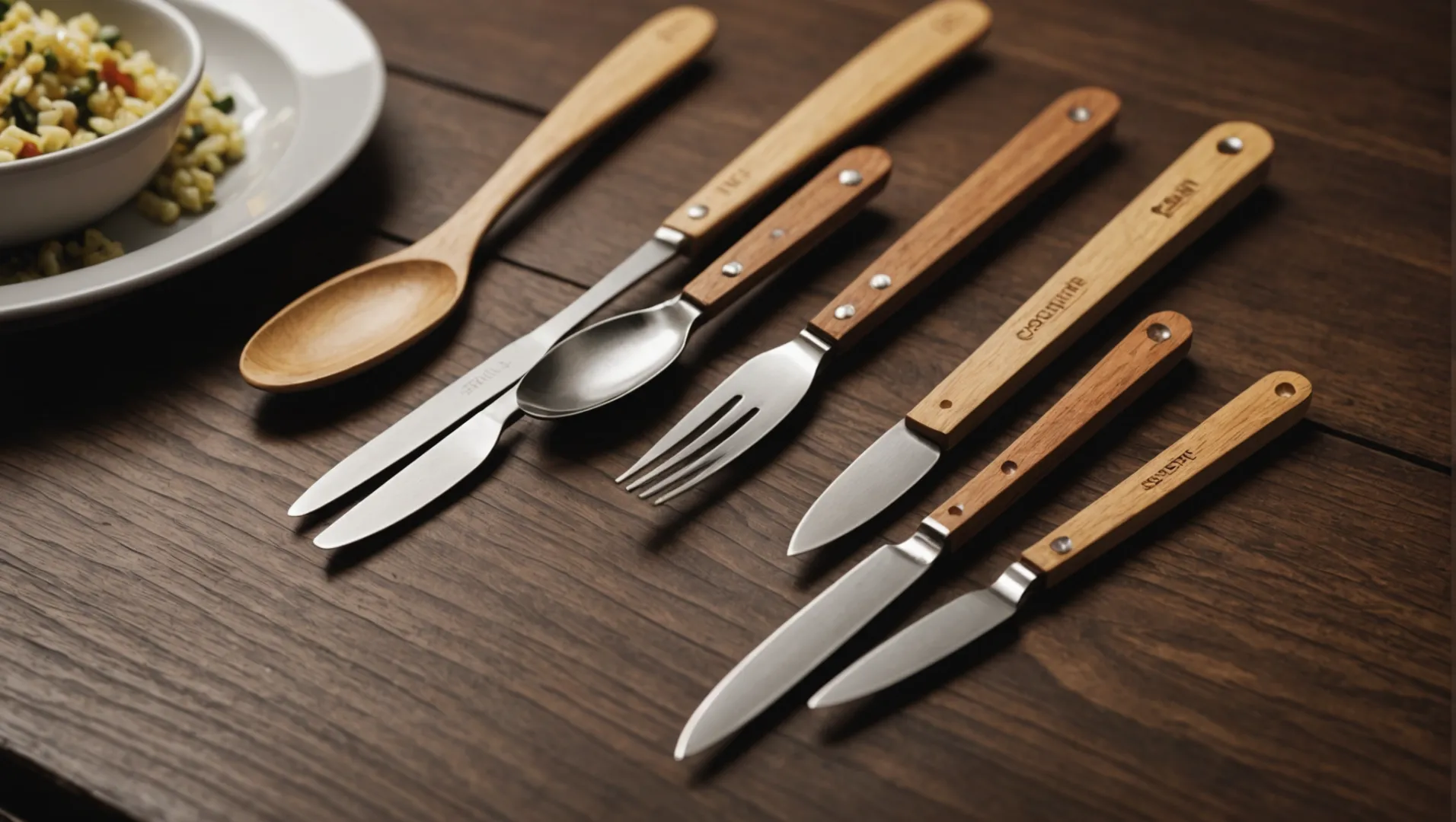
Why Are Certifications Important?
Certifications provide assurance that wooden cutlery is produced sustainably and safely. They verify that the product adheres to specific standards, from the sourcing of wood to the manufacturing processes. This not only protects the environment but also ensures consumer safety.
Key Certifications to Consider
-
Forest Stewardship Council (FSC): Ensures that the wood is sourced from responsibly managed forests. This certification is crucial for sustainability-conscious consumers4 who prioritize eco-friendly practices.
-
Food and Drug Administration (FDA): Certifies that the cutlery is safe for food contact in the U.S. It assures that no harmful chemicals are used in the coatings or finishes.
-
LFGB Certification: A German standard that tests for safety in food contact materials. It indicates high-quality production and compliance with European safety regulations.
Understanding the Impact of Certifications
-
Environmental Impact: FSC certification highlights responsible sourcing, ensuring minimal impact on deforestation and promoting biodiversity.
-
Consumer Safety: FDA and LFGB certifications focus on consumer health by preventing toxic material usage in cutlery production.
Additional Certifications and Their Benefits
| Certification | Purpose | Benefit |
|---|---|---|
| CarbonNeutral | Measures and offsets carbon emissions | Supports climate change mitigation efforts |
| Compostable | Verifies biodegradability | Confirms that products can break down naturally |
These additional certifications enhance a brand's credibility, especially in markets where sustainability is a major concern.
Traceability and Transparency
The increasing demand for transparency in supply chains means that technologies like blockchain are being used to ensure traceability. This innovation allows consumers to verify that their cutlery is sourced ethically and legally, adding an extra layer of trust to certified products.
For consumers who want to ensure their purchase aligns with their values, seeking out these certifications can provide peace of mind and contribute to more informed purchasing decisions.
FSC certification ensures wood is sustainably sourced.True
FSC certification promotes responsible forest management, ensuring sustainability.
LFGB certification is only recognized in the USA.False
LFGB is a German standard recognized in Europe for food safety.
Conclusion
Choosing wooden cutlery can be a sustainable choice, but proper care and certification are key to ensuring safety and longevity.
-
Explore in-depth comparisons of cutlery materials for informed choices.: The biggest upside of using wood to replace plastic cutlery is that it's a natural, renewable material. This means no fossil-based ingredients are needed to ... ↩
-
Discover how wooden utensils contribute to sustainability and reduce waste.: They use less resources, produce less byproducts, and create less waste than single-use plastics. Additionally, when produced with a robust supply chain they ... ↩
-
Learn how proper care enhances sustainability by extending utensil lifespan.: Wood cutlery is 100% natural. No chemicals are used in the manufacturing process, causing no chemical impact on the environment. ↩
-
Learn about FSC's role in promoting sustainable forest management.: FSC has earned a reputation as the most rigorous, credible forest certification system. As a result, there are significant advantages to choosing FSC-certified ... ↩

